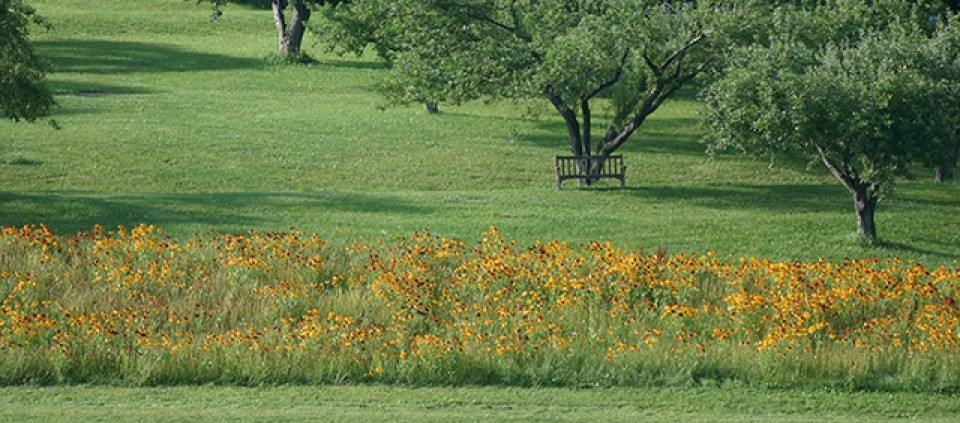The Joys of Solitude

As a single woman living on my own, I often feel the need to fill my time. I pack my days with friends, outings, activities—even when those things aren’t really what I want to be doing. Lately, I’m challenging my tendency to overschedule my life by consciously basking in my moments of alone time, whether I’m lying by a lazy river or chopping vegetables while listening to jazz.
I used to dislike the word solitude. It struck a cord of loneliness for me, bringing up feelings of isolation and deprivation. But the truth is that I’ve always enjoyed being alone—preferred it, actually—and the more I redefine what being alone means, the more I see that it’s one of the best forms of self-care I’ve yet to find.
A year ago, I was living out West—depleted, overworked, lonely, and far from home. I needed a retreat, but I couldn’t afford to pay for one, so I chose a weekend to not plan anything. I didn’t make any dates, schedule any appointments, or find more work to do. Instead, I spent the weekend with myself. I drove to the coast and back, made home-cooked meals, read, practiced yoga, and took myself out for ice cream and long walks through the city. It felt uncomfortable at first, but it was the beginning of learning how to live with myself.
Since then, the more I choose solitude (when needed), by saying no to others and yes to myself, the more comfortable and nurtured I feel. A wise friend told me how she differentiated solitude from isolation. Isolation, she said, is cutting yourself off from others, while solitude is making friends with yourself so that you can foster your relationship with others. I often picture myself as a battery that sometimes runs low and needs to recharge—and the recharging is most efficient when I’m alone.
Choosing to be alone is not the most popular or accepted option in our culture. Yet it can be a key to self-realization. Yoga teaches us that in forming a marriage or union with self, we’re creating connection, and remembering that we are not alone in experiencing our divinity. One of my yoga teachers used to define the practice of yoga as “uniting that which was never lost to begin with.” Sometimes the tendency to reach out to others keeps us from forming the most crucial bond.
Some signals that tell me I need to recharge are irritability, the inability to concentrate or listen well, not being present with people, lack of compassion, and judgment toward others and myself. I come back to the visual image of plugging myself into a socket in order to refuel. Julia Cameron has an assignment in her book The Artist’s Way that she calls the “artist date”—taking yourself out on a date. The rules are that you must be alone and you must do something that is not work-related and that sparks the inner child or artist in you. That might be going for a swim, shopping at the toy store, making yourself a meal, or going to a movie. If time is limited, it could be simply five minutes on your lunch break lying in the sun and listening to the sound of your breath.
It’s easy to believe that our lives are too full for solitude. But the rewards of carving out time for yourself are great (just be careful that it doesn’t feel like an obligation). Befriend yourself, and prioritize one-on-one time with that friend. Approaching solitude with a feeling of fullness as opposed to a feeling of emptiness can make all the difference in how you experience yourself and your life.
Samantha Cullen is an actor and yoga teacher who writes a blog, The Yoga of Cake.
© Kripalu Center for Yoga & Health. All rights reserved. To request permission to reprint, please e-mail editor@kripalu.org.
Samantha Cullen, RYT, is a certified yoga teacher and outdoor guide for Kripalu R&R Retreats and other Kripalu programs.
Full Bio and Programs